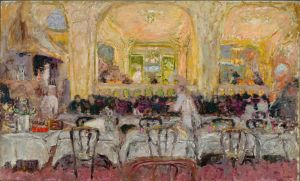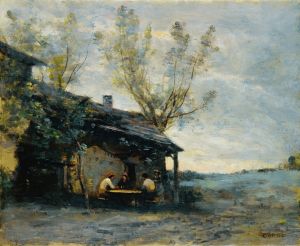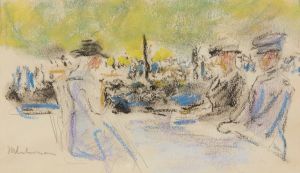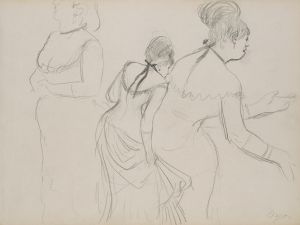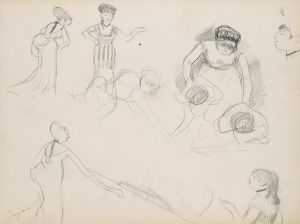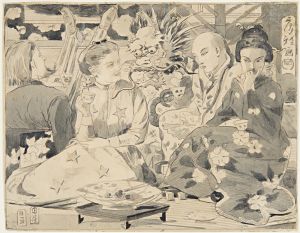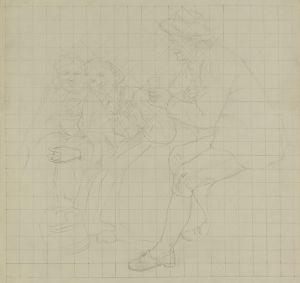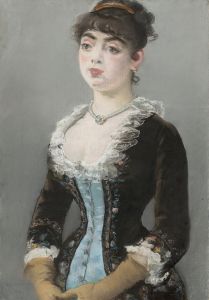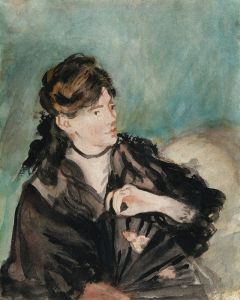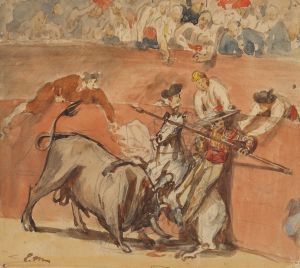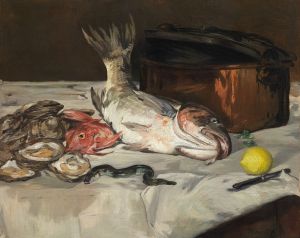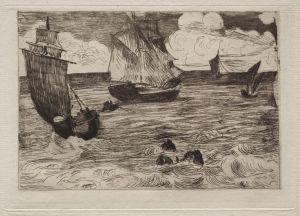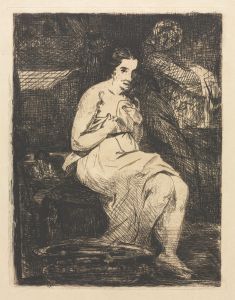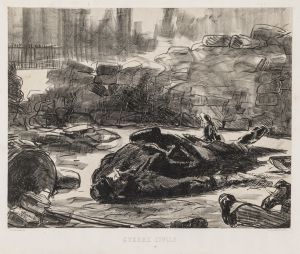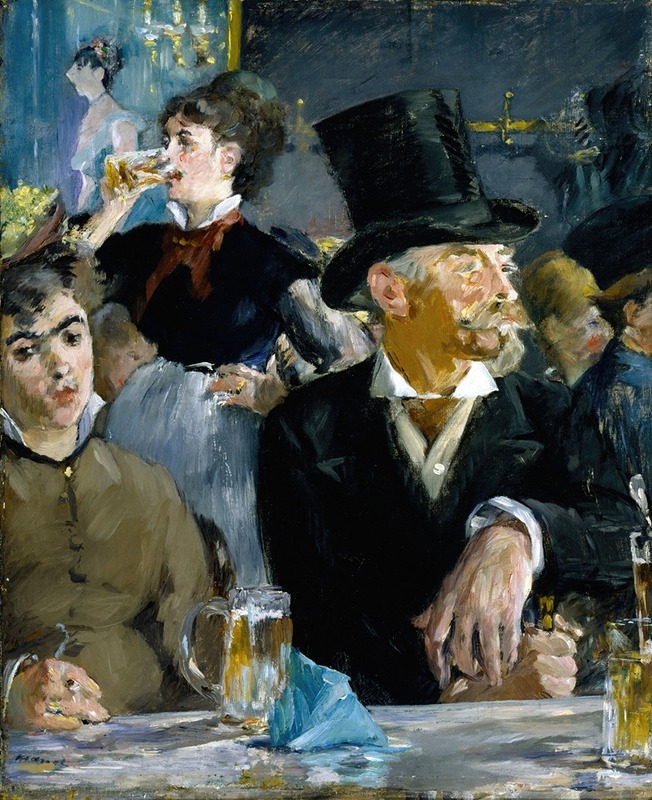
At The Café
A hand-painted replica of Édouard Manet’s masterpiece At The Café, meticulously crafted by professional artists to capture the true essence of the original. Each piece is created with museum-quality canvas and rare mineral pigments, carefully painted by experienced artists with delicate brushstrokes and rich, layered colors to perfectly recreate the texture of the original artwork. Unlike machine-printed reproductions, this hand-painted version brings the painting to life, infused with the artist’s emotions and skill in every stroke. Whether for personal collection or home decoration, it instantly elevates the artistic atmosphere of any space.
"At The Café" is a painting by the renowned French artist Édouard Manet. Manet, a pivotal figure in the transition from Realism to Impressionism, is celebrated for his innovative approach to modern life subjects and his bold brushwork. This particular painting, created in 1878, is a testament to his keen observation of Parisian social life and his ability to capture the essence of contemporary urban scenes.
The painting depicts a scene inside a Parisian café, a popular social hub during the late 19th century. Cafés were central to the social and cultural life of Paris, serving as meeting places for artists, writers, and intellectuals. Manet's choice of subject reflects his interest in modernity and the everyday experiences of city dwellers.
In "At The Café," Manet portrays a man and a woman seated at a table. The man, dressed in a dark suit and top hat, appears to be engaged in conversation with the woman, who is elegantly attired in a fashionable dress. The woman's attire and demeanor suggest she is a part of the bourgeoisie, the rising middle class of the time. The background of the painting is filled with other patrons, adding to the lively atmosphere of the café.
Manet's technique in this painting is characterized by his use of loose brushstrokes and a relatively muted color palette, which was typical of his later works. The composition is carefully balanced, with the figures positioned in such a way that the viewer's eye is drawn to the interaction between the man and the woman. The use of light and shadow is also notable, as it adds depth and dimension to the scene.
One of the striking features of "At The Café" is Manet's ability to convey the nuances of social interaction. The expressions and body language of the figures suggest a moment of casual yet intimate conversation, capturing the fleeting nature of such encounters. This focus on the subtleties of human behavior is a hallmark of Manet's work and contributes to the painting's enduring appeal.
"At The Café" is housed in the Musée d'Orsay in Paris, which is home to many of Manet's masterpieces. The museum, located in a former railway station, is renowned for its extensive collection of Impressionist and Post-Impressionist art. Manet's works, including "At The Café," are a significant part of this collection, offering insight into the artist's contribution to the development of modern art.
In summary, "At The Café" by Édouard Manet is a significant work that captures the essence of Parisian café culture in the late 19th century. Through his masterful use of composition, light, and brushwork, Manet provides a window into the social dynamics of his time, making this painting a valuable piece of art history.





